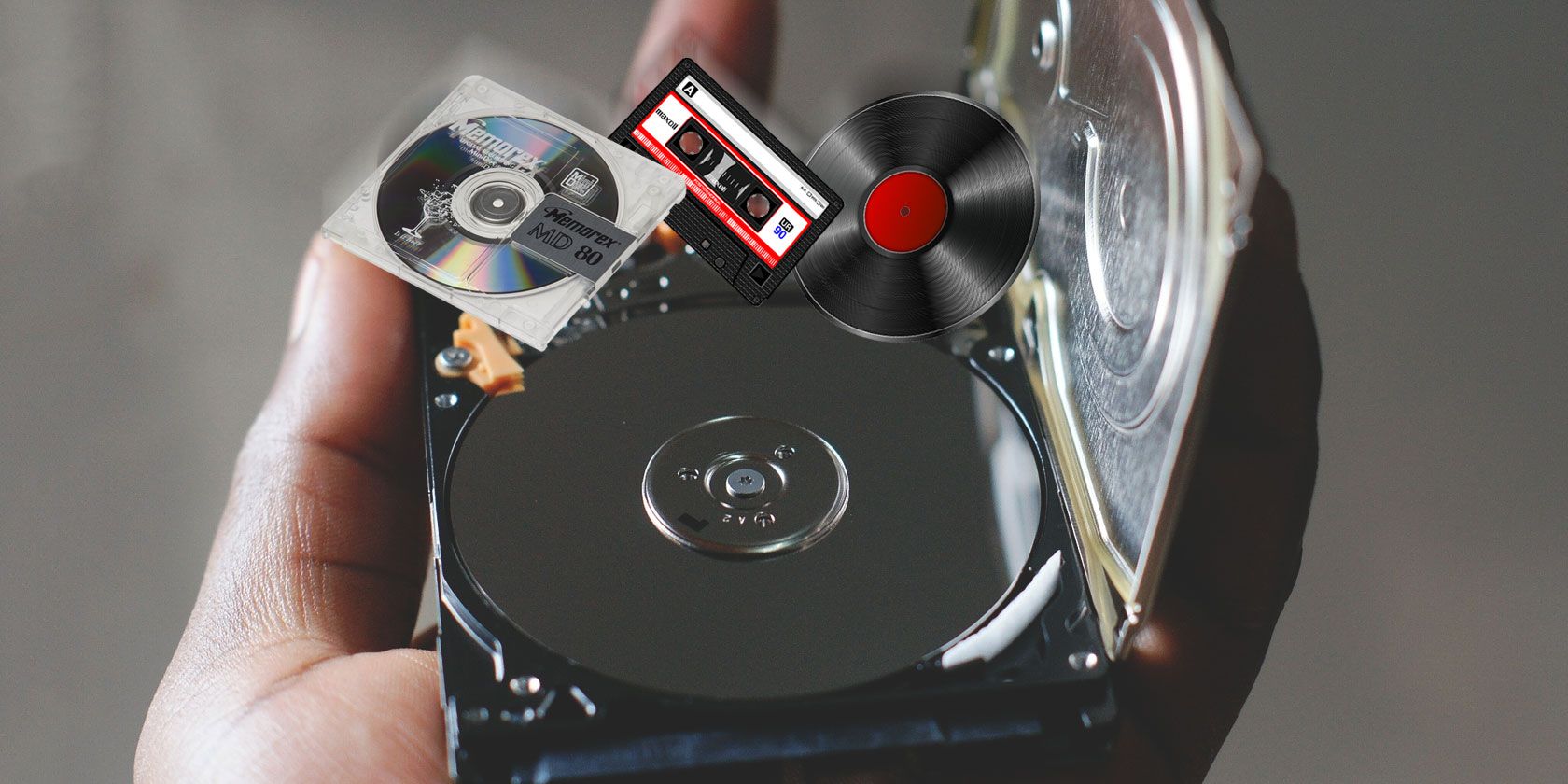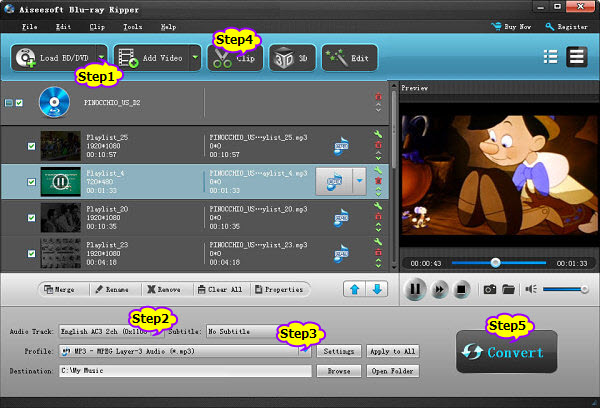

Toolbar: Located on the top of the Music app window, the toolbar contains the basic playback controls: volume control, current track info, and an Up Next menu and Lyrics menu. The Music app interface is much easier to use than the cumbersome iTunes app. The Music app is dedicated to music, including content stored locally on your Mac, as well as music you may have in the cloud, such as from iTunes Match or from the streaming Apple Music service (subscription required).Ī typical Music app display showing the user’s music library organized by album.
#RIP CD TO MP3 MAC TV#
Actually, Apple just reorganized things a bit, and some media types are now handled by the new Podcast and TV apps, as well as the Finder. You may notice some content appears to be missing. You’ll also find your playlists, ratings, and any music file metadata, such as composer, writer, lyrics, or artwork, that you may have. Every song you purchased, ripped, or uploaded no matter how you acquired the tune, if you imported it into your old iTunes library, it will be available in the new Music app. When you upgraded to macOS Catalina, the Music app acquired your existing music collection. Many are worried about their vast collections of music already stored in iTunes becoming inaccessible, or that the new Apple Music app is going to cut them off from music not originating with Apple.įear not the Music app is akin to iTunes, retaining many of the same features, though the interface has been modernized, requiring some effort to adjust to for diehard iTunes users.

Instead, it seems more like a bit of gloom and doom.

So when macOS Catalina drove a stake through the heart of the iTunes app, splitting it into three different apps, I expected peals of joy from the masses. For some reason, it seems as if iTunes is the app people love to hate.


 0 kommentar(er)
0 kommentar(er)
